Home>Ideas and Tips>Creating A Functional Craft Room With Custom Cutting Table
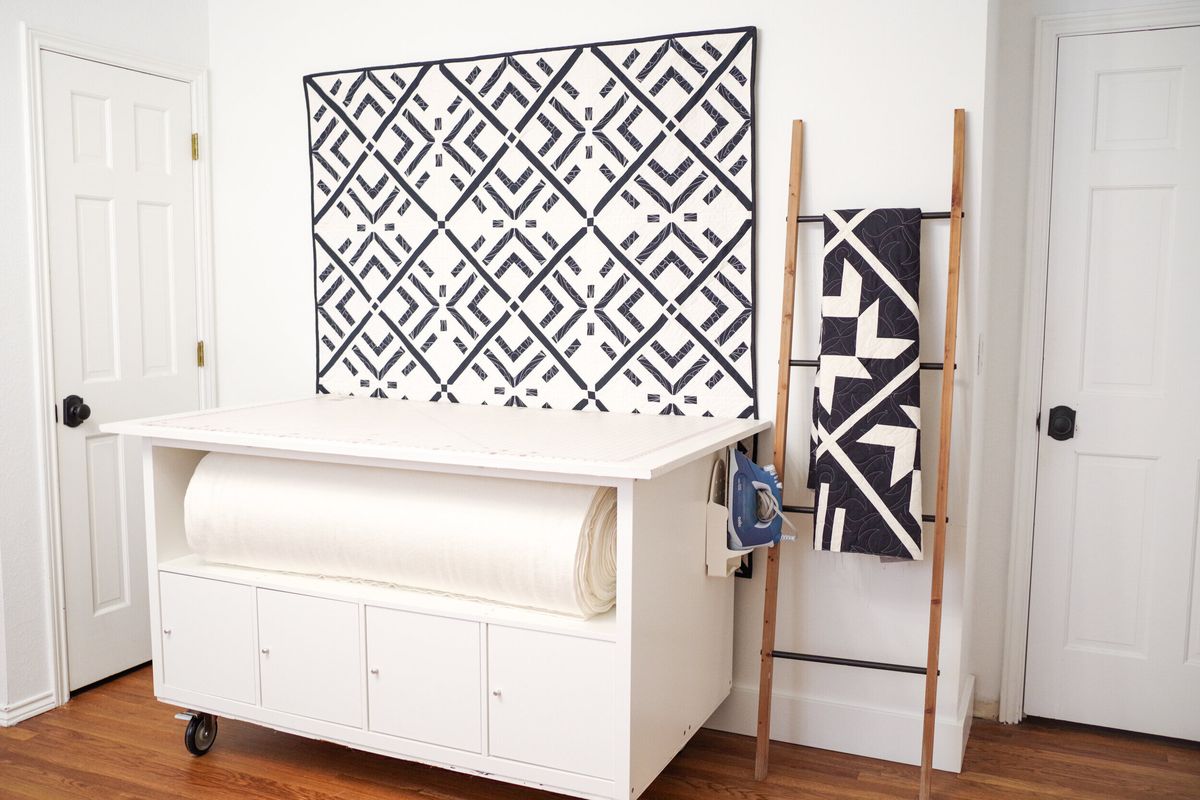

Ideas and Tips
Creating A Functional Craft Room With Custom Cutting Table
Modified: November 2, 2024
Create a functional craft room with a custom cutting table. Discover tips on design, materials, and assembly for an organized and efficient workspace.
(Many of the links in this article redirect to a specific reviewed product. Your purchase of these products through affiliate links helps to generate commission for Storables.com, at no extra cost. Learn more)
Creating a functional craft room with a custom cutting table can be a game-changer for any crafter. Whether you're a seasoned pro or just starting out, having a dedicated space that's both functional and aesthetically pleasing can elevate your creative experience. So, how do you create a craft room that meets all your needs? Let's dive in and find out.
Understanding Your Needs
Before diving into the project, it's essential to understand what features your cutting table should have. Here are some key considerations:
- Height: The table should be at a comfortable height to prevent back strain. Typically, a height of around 36 to 38 inches is recommended for most crafters.
- Surface Area: The surface area should be large enough to accommodate your cutting mat and any other tools you might need. A minimum size of 48 inches by 66 inches is recommended for most craft projects.
- Storage: Adequate storage is crucial for keeping your workspace organized. This includes space for fabric, batting, rulers, irons, and other essential tools.
- Mobility: The table should be mobile to allow easy access to all parts of the room and to facilitate rearranging the space as needed.
- Customization: The table should be customizable to fit your specific needs and preferences.
Choosing the Right Materials
When it comes to building a custom cutting table, the choice of materials is crucial. Here are some popular options:
- IKEA Kallax Units: IKEA Kallax units are a popular choice for crafting tables due to their affordability and versatility. They can be easily customized to fit your needs.
- Plywood or Melamine: Plywood or melamine sheets provide a smooth surface for cutting and can be easily cut to size.
- Cutting Mats: Self-healing cutting mats are essential for protecting your work surface and ensuring clean cuts.
- Storage Solutions: Use shelves, drawers, or baskets to store fabric, batting, rulers, irons, and other tools.
Step-by-Step Guide to Building Your Custom Cutting Table
Step 1: Planning Your Table
Before starting your project, take some time to plan out your table. Consider the following:
- Design: Sketch out a basic design of your table, including the dimensions and layout of the storage units.
- Features: Decide on the features you want to include, such as a built-in ironing station or additional storage for WIPs (works-in-progress) and remnants.
- Budget: Set a budget for your project to ensure you stay within your means.
Step 2: Gathering Materials
Once you have your design and budget in place, gather all the necessary materials. Here’s a list of what you’ll need:
- IKEA Kallax Units: Two units will provide ample storage and a sturdy base for your table.
- Plywood or Melamine Sheet: A 4’ x 8’ sheet will give you enough material to create a large work surface.
- Cutting Mat: A self-healing cutting mat is essential for protecting your work surface.
- Storage Solutions: Shelves, drawers, or baskets to store fabric, batting, rulers, irons, and other tools.
- Wheels: High-quality wheels that can lock in place to ensure stability and mobility.
- Screws and Brackets: For assembling the table and attaching the storage units.
- Batting Holder: A specialized holder for storing rolls of batting.
- Iron Storage: Easy-to-access storage for irons and other ironing accessories.
Step 3: Assembling the Table
Assembling your cutting table involves several steps:
-
Building the Fabric Storage Kallax:
- Follow the IKEA Kallax assembly instructions to create one of the storage units.
- Customize it by removing some of the interior separators to create larger storage spaces for fabric bolts.
-
Building the Batting Storage Kallax:
- Repeat the process for the second storage unit but customize it for batting storage.
-
Assembling the Table Top:
- Cut the plywood or melamine sheet to size using a saw or a cutting service from Home Depot or Lowe’s.
- Attach the cutting mat to the top using screws, velcro, or another adhesive method.
-
Adding Wheels and Brackets:
- Attach wheels to the bottom of each Kallax unit for easy mobility.
- Use screws and brackets to secure the units together and ensure stability.
-
Adding Storage Solutions:
- Install shelves, drawers, or baskets in each storage unit for organized storage of fabric, batting, rulers, irons, and other tools.
-
Final Touches:
- Add a batting holder and iron storage solutions as needed.
- Apply melamine tape or shelf edging around the edges of the table top for a smooth finish.
Step 4: Customizing Your Table
Once your basic table is assembled, it’s time to add some custom touches:
-
Ironing Station:
- Attach an ironing mat to one side of the table for easy access while cutting.
- Add storage for irons and other ironing accessories nearby.
-
Additional Storage:
- Add baskets or drawers for storing WIPs and remnants.
- Consider adding a shelf for storing large cutting mats or other bulky items.
-
Mobility Features:
- Ensure that all parts of your table are easily accessible by adding casters that can lock in place.
Tips and Variations
Here are some additional tips and variations to consider:
-
Using Different Materials:
- Instead of using plywood or melamine, consider using birch plywood for a smoother surface.
- Add a vinyl tablecloth to protect your table from paint, glue, or markers when working with children.
-
Customizing Your Storage:
- Use IKEA hacks like adding drawers or baskets to your Kallax units for more organized storage.
- Consider using ana white’s modern craft table plan as a starting point and tweaking it to fit your space and needs.
-
Adding Wheels to Your Table:
- Ensure that your table is on wheels so you can easily move it around the room without straining your back.
- Add casters that can lock in place to prevent accidental movement while working.
-
Creating an Ideal Workspace:
- Watch DIY tutorials like the one on YouTube to get inspiration and detailed instructions on building your ideal workspace.
- Consider adding a large cutting mat that lets you easily cut bolts of fabric without worrying about the edges.
Conclusion
Creating a functional craft room with a custom cutting table requires careful planning and execution. By following these steps and considering your specific needs, you can build a table that not only meets but exceeds your expectations. Whether you are a seasoned crafter or just starting out, having a well-designed cutting table can make all the difference in your creative journey. So why wait? Start planning your dream craft room today and transform your workspace into a haven of creativity and productivity
Was this page helpful?
At Storables.com, we guarantee accurate and reliable information. Our content, validated by Expert Board Contributors, is crafted following stringent Editorial Policies. We're committed to providing you with well-researched, expert-backed insights for all your informational needs.
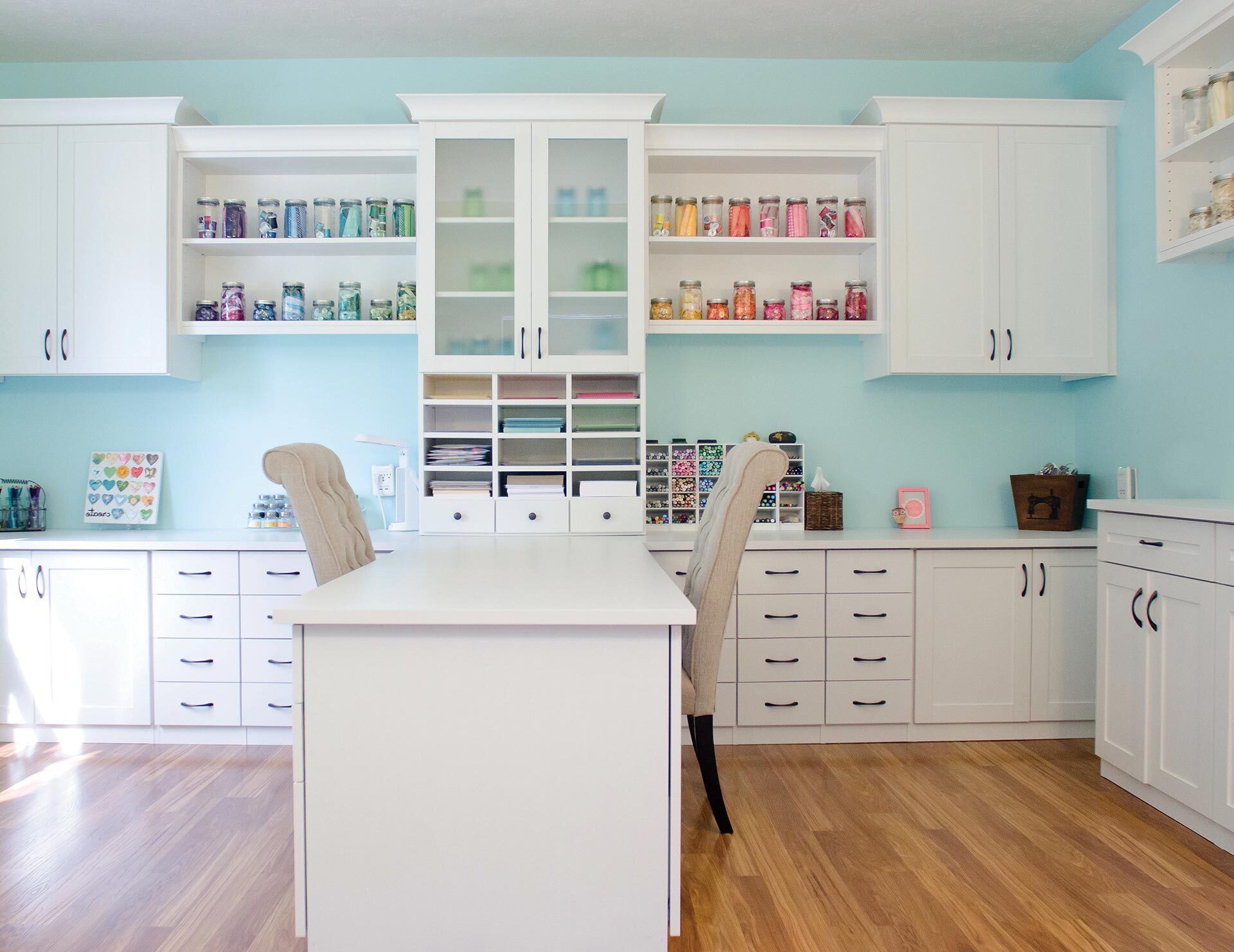
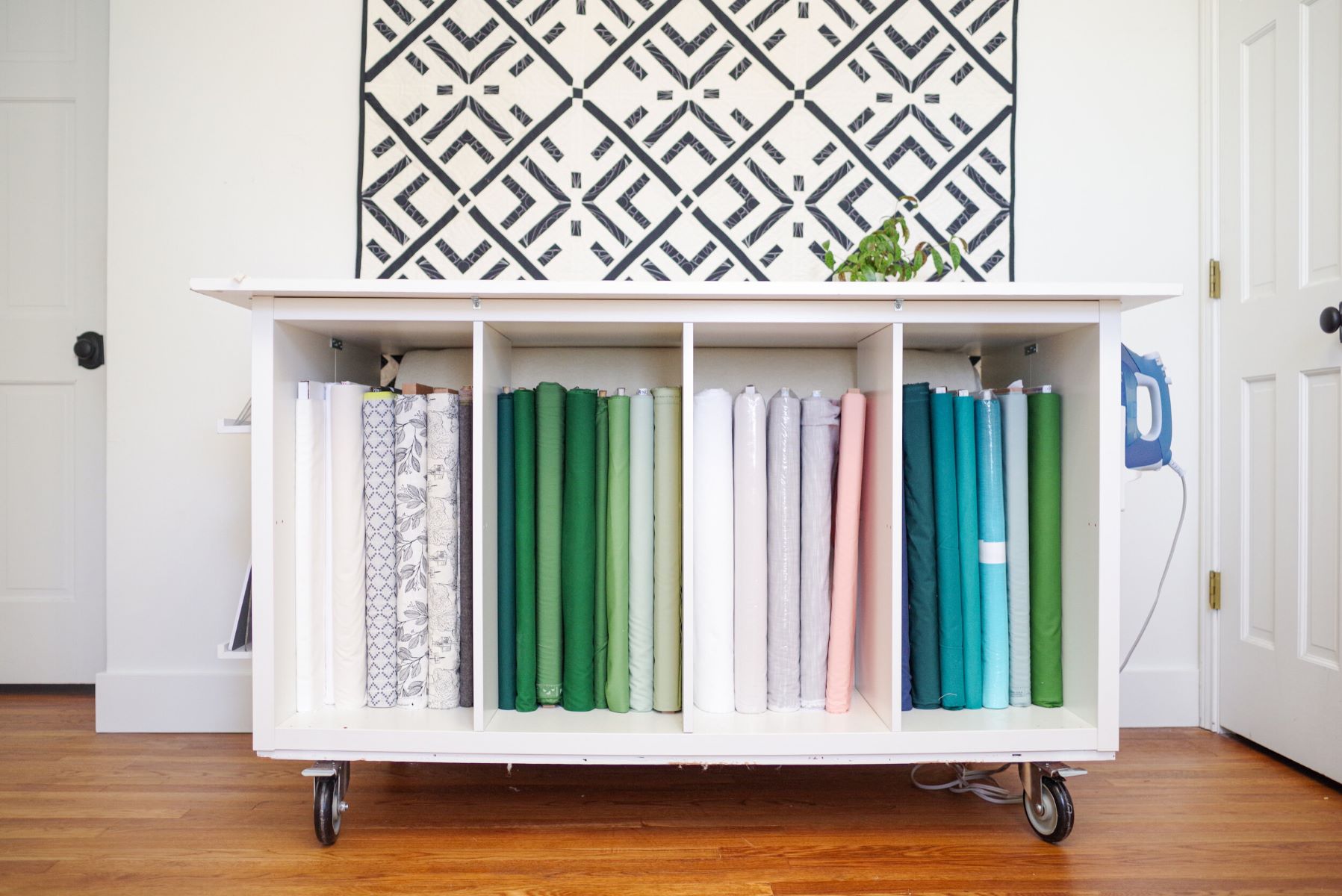
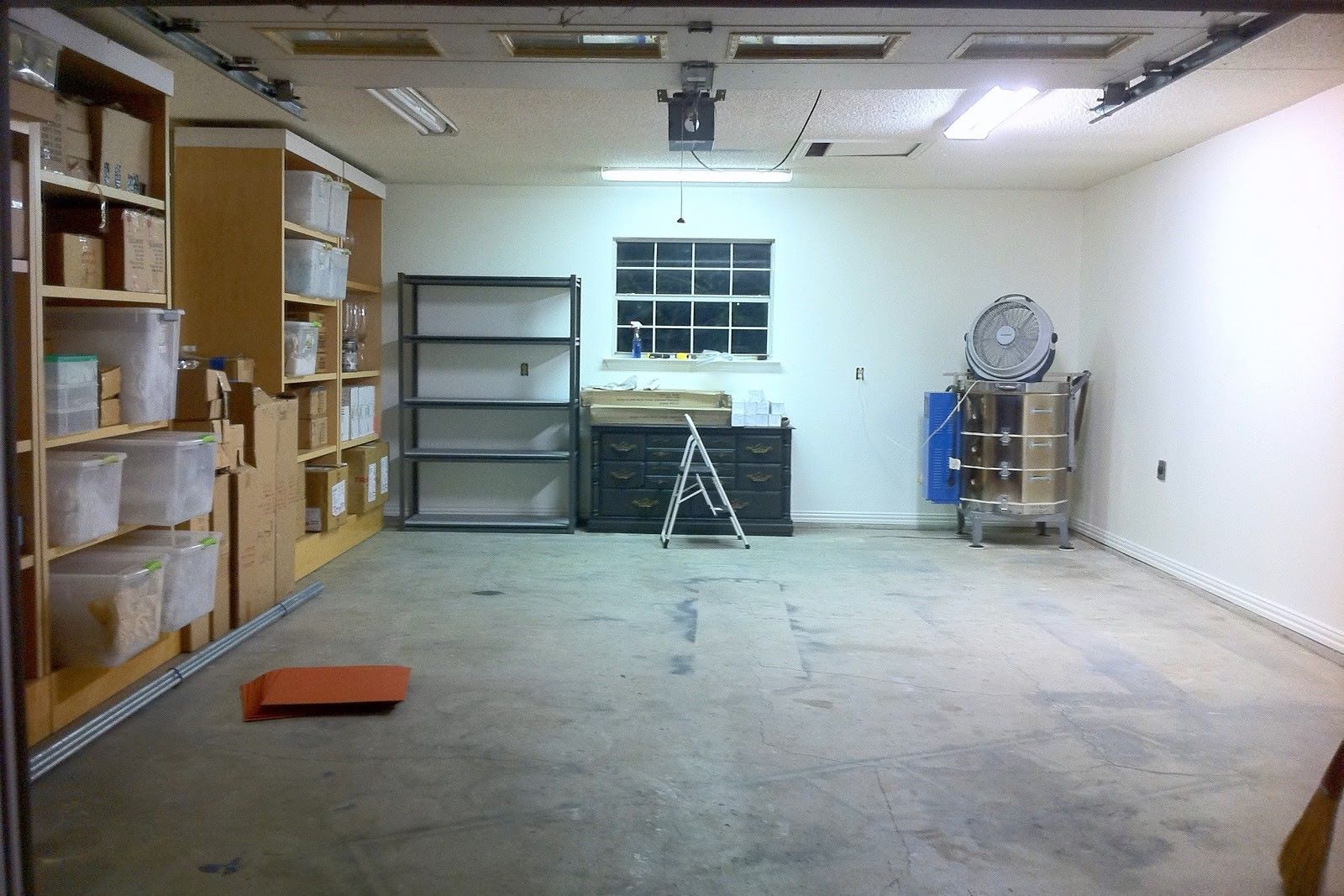
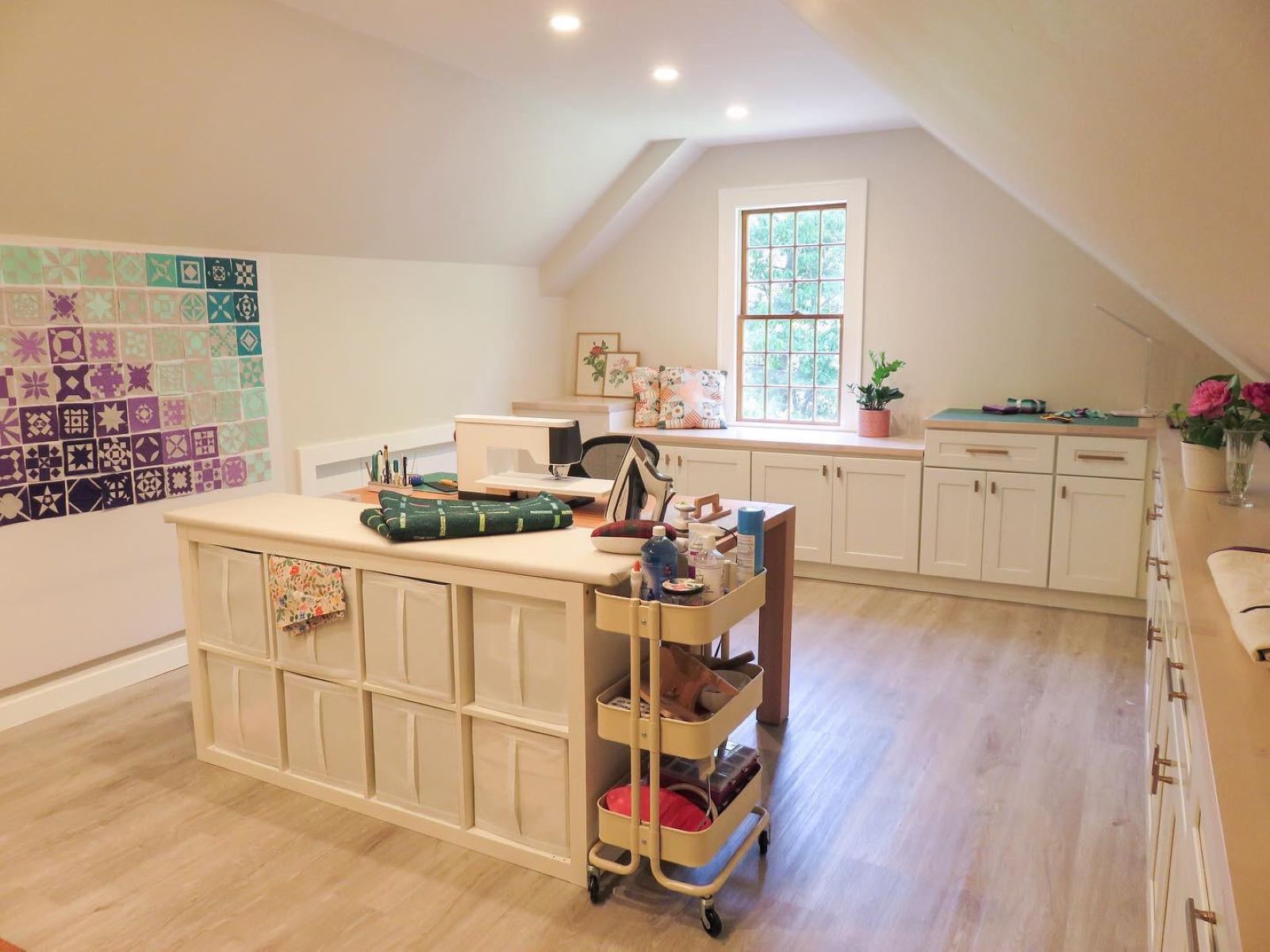
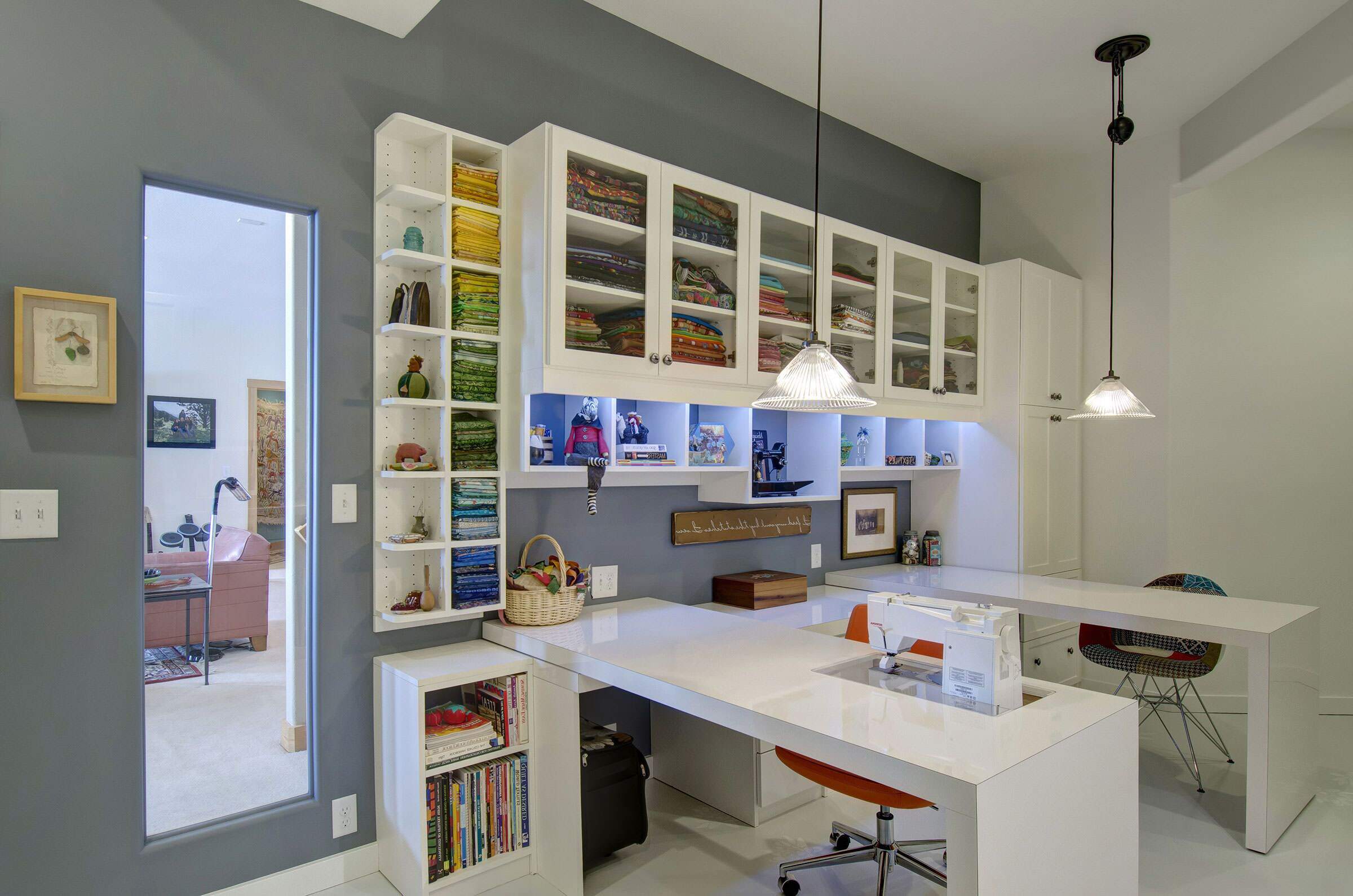
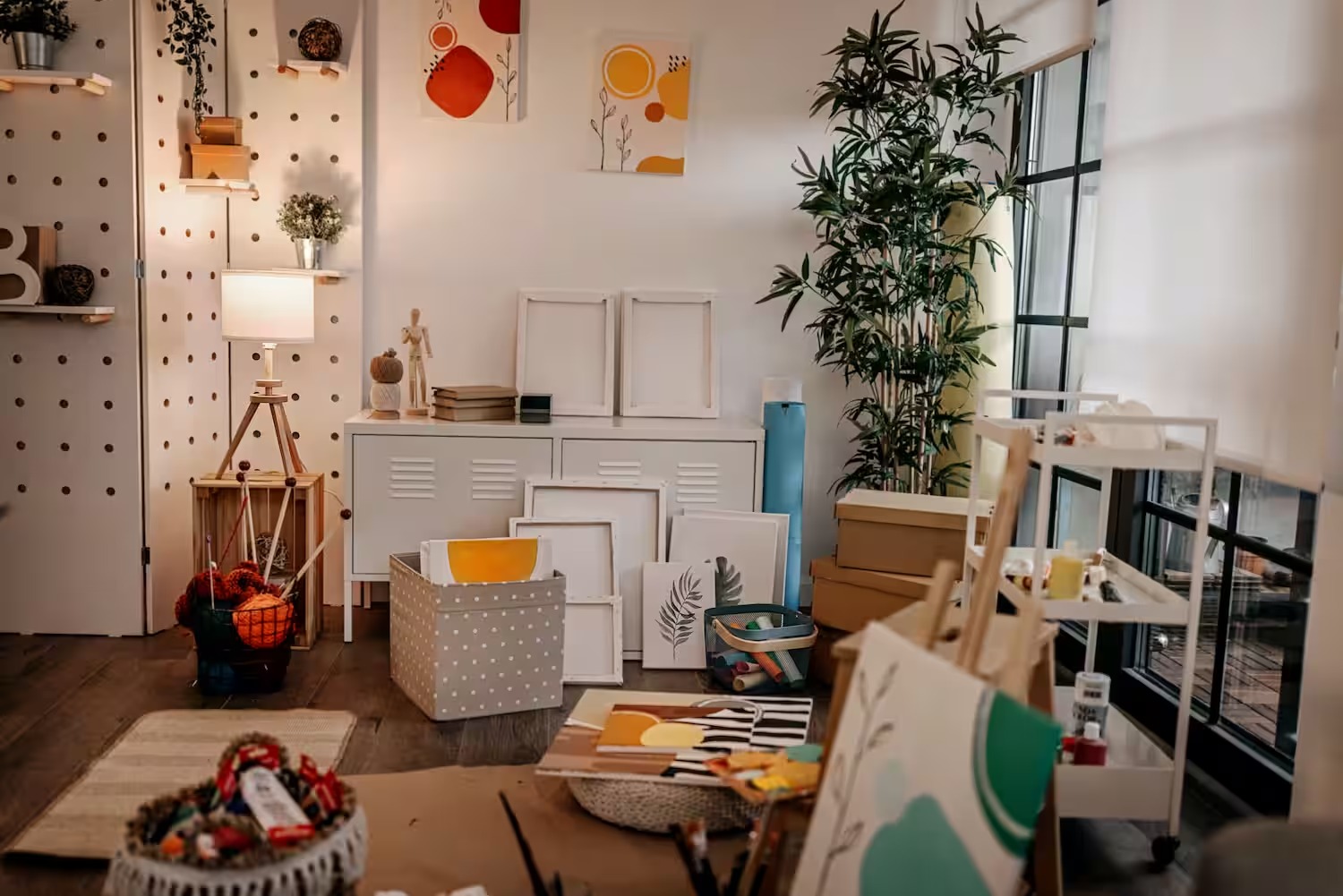
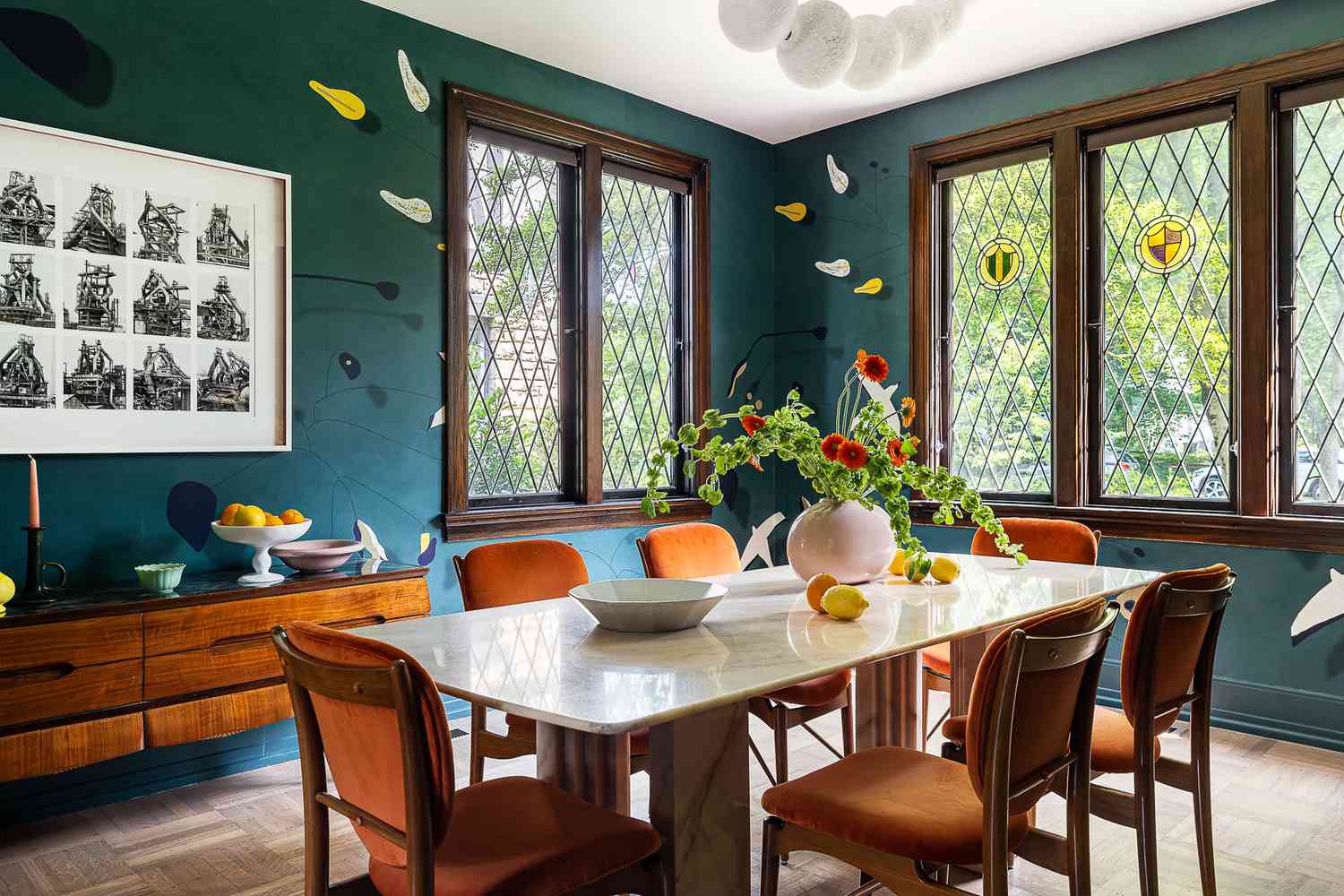

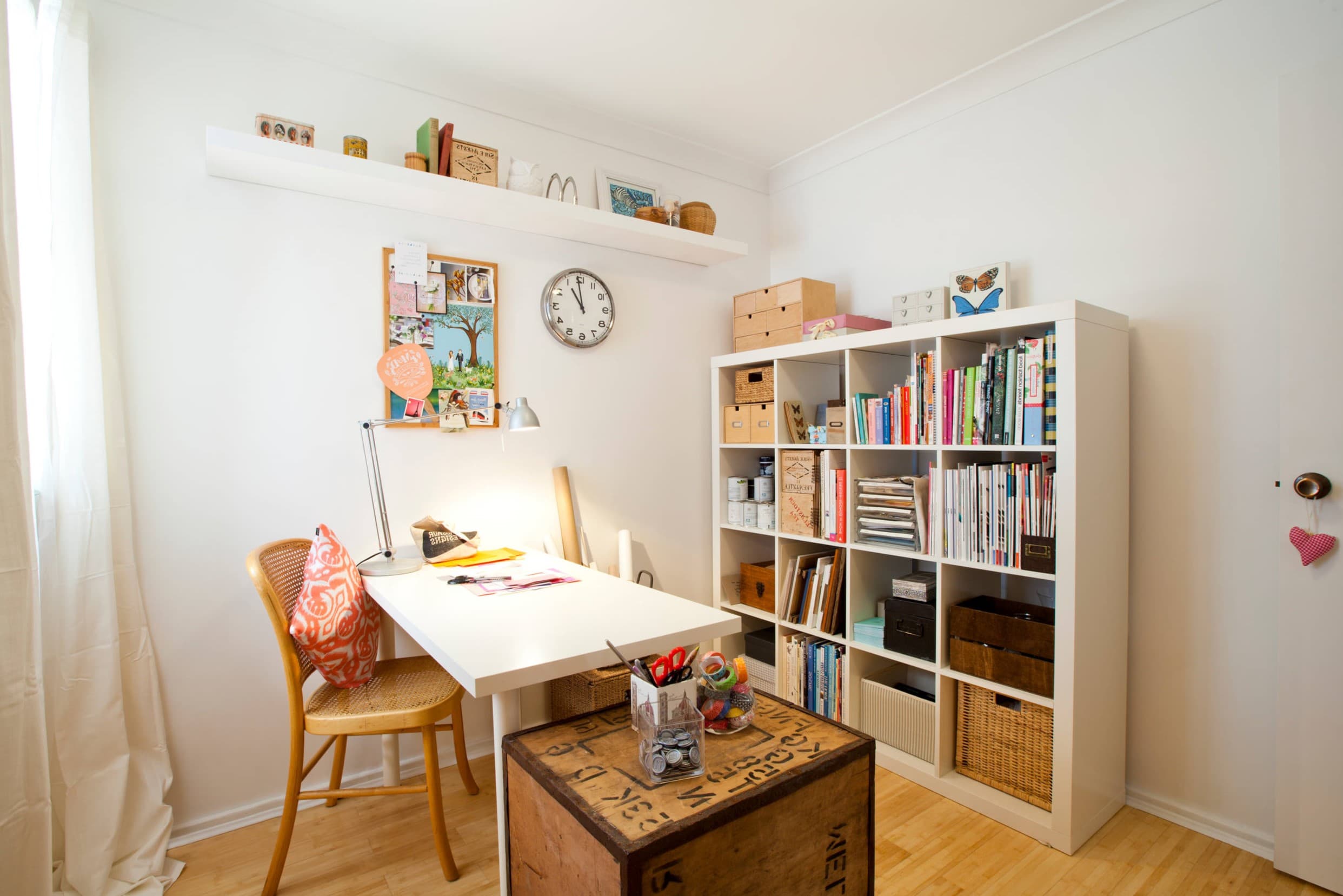
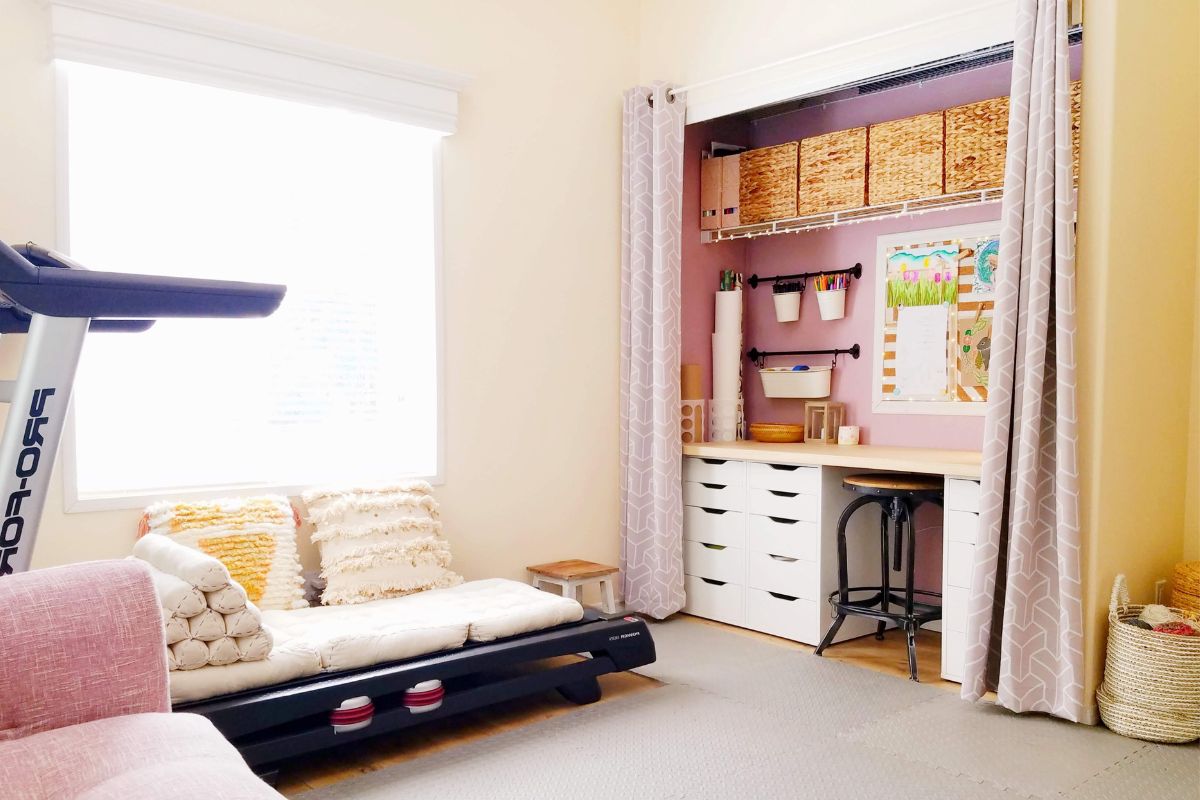
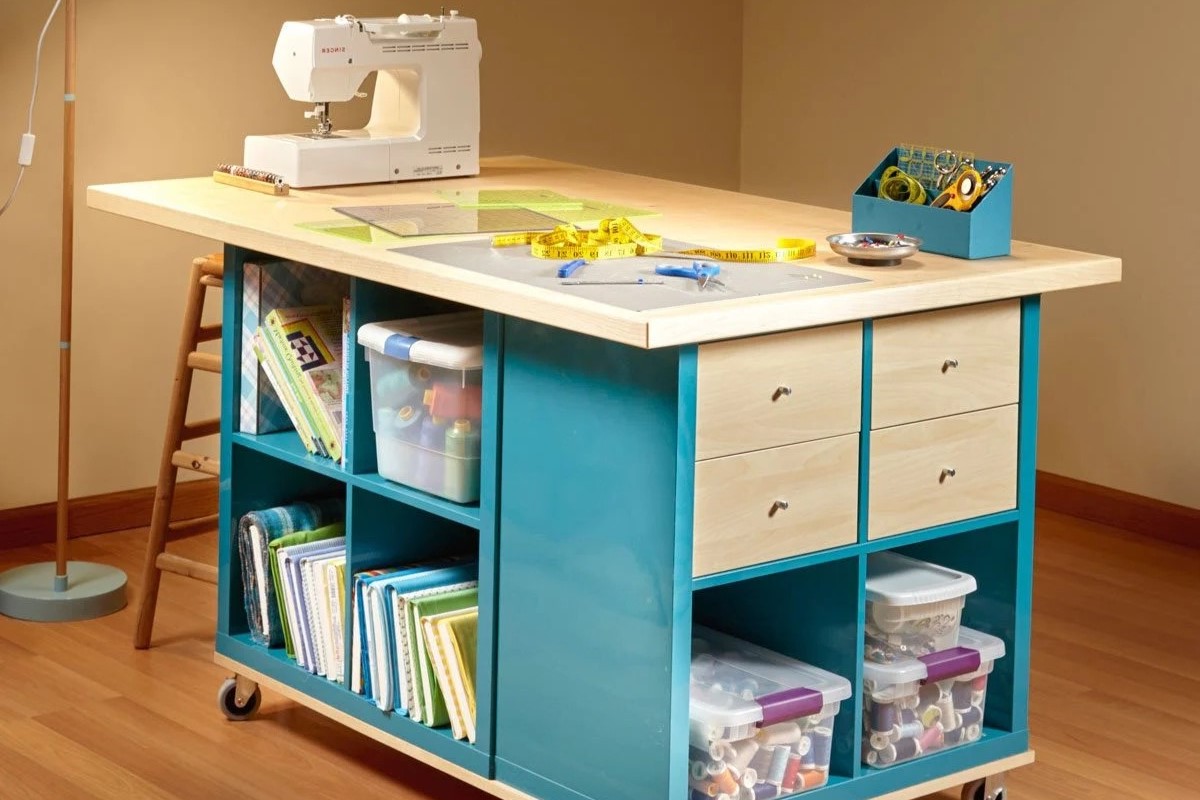
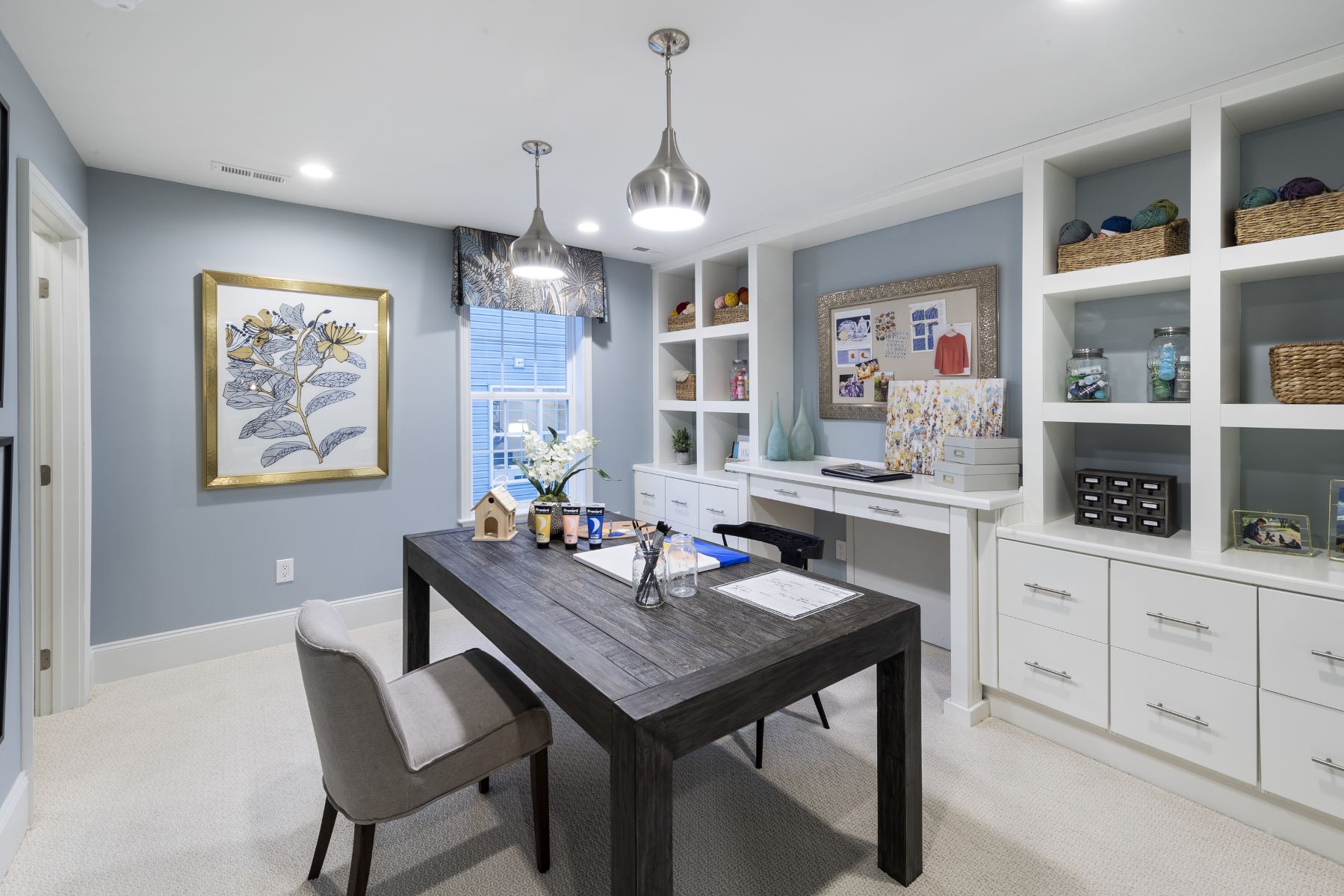
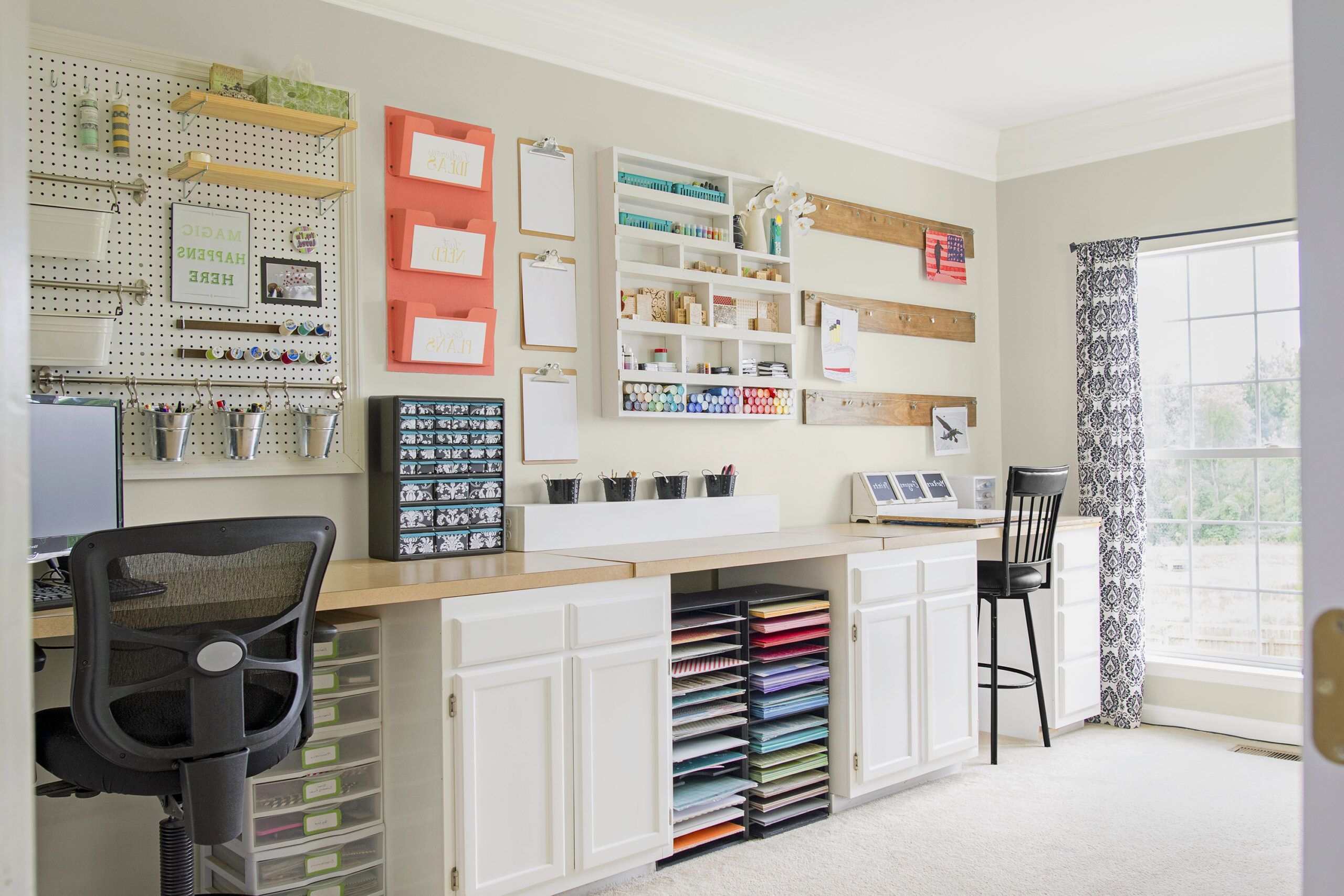
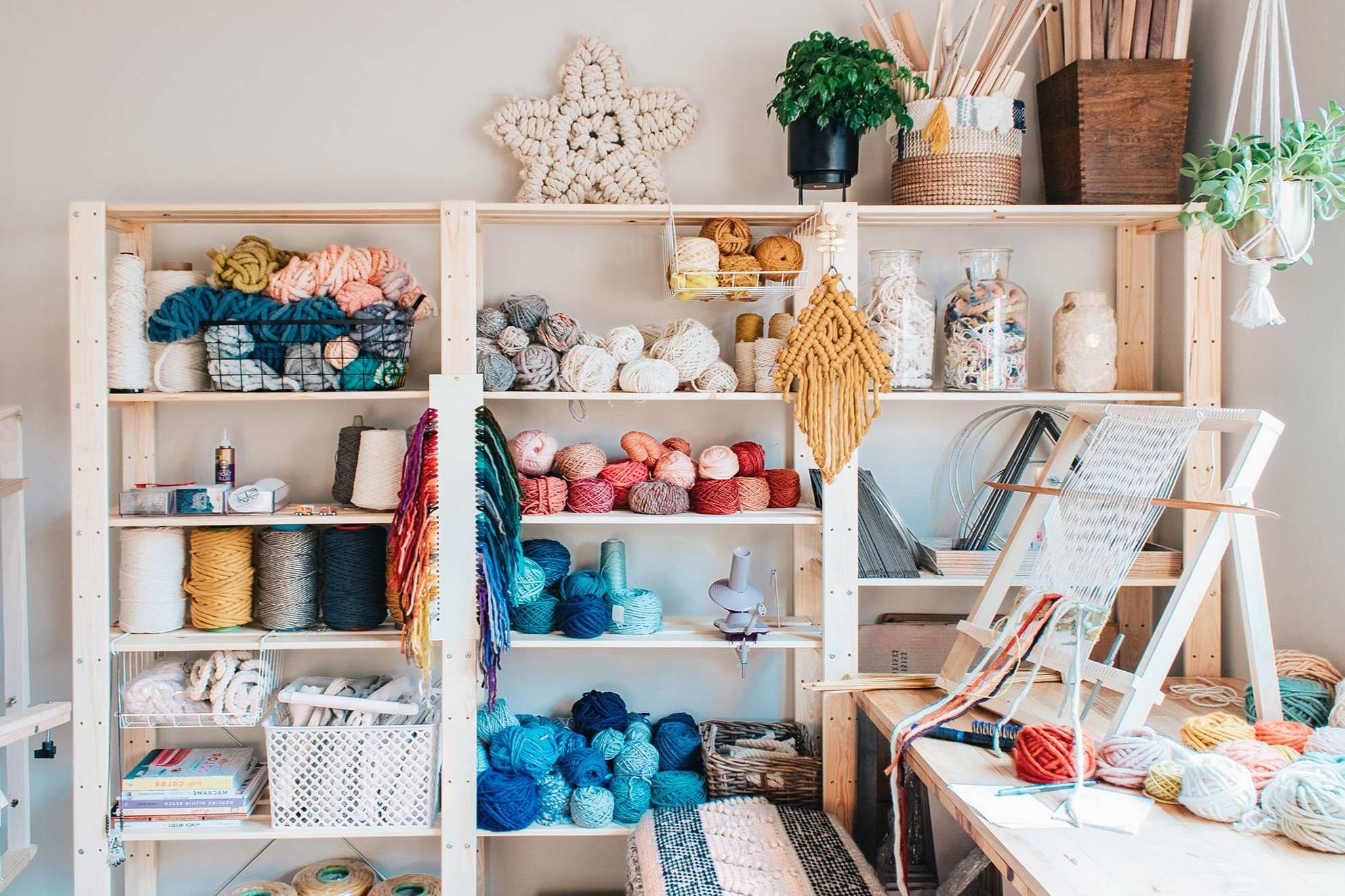
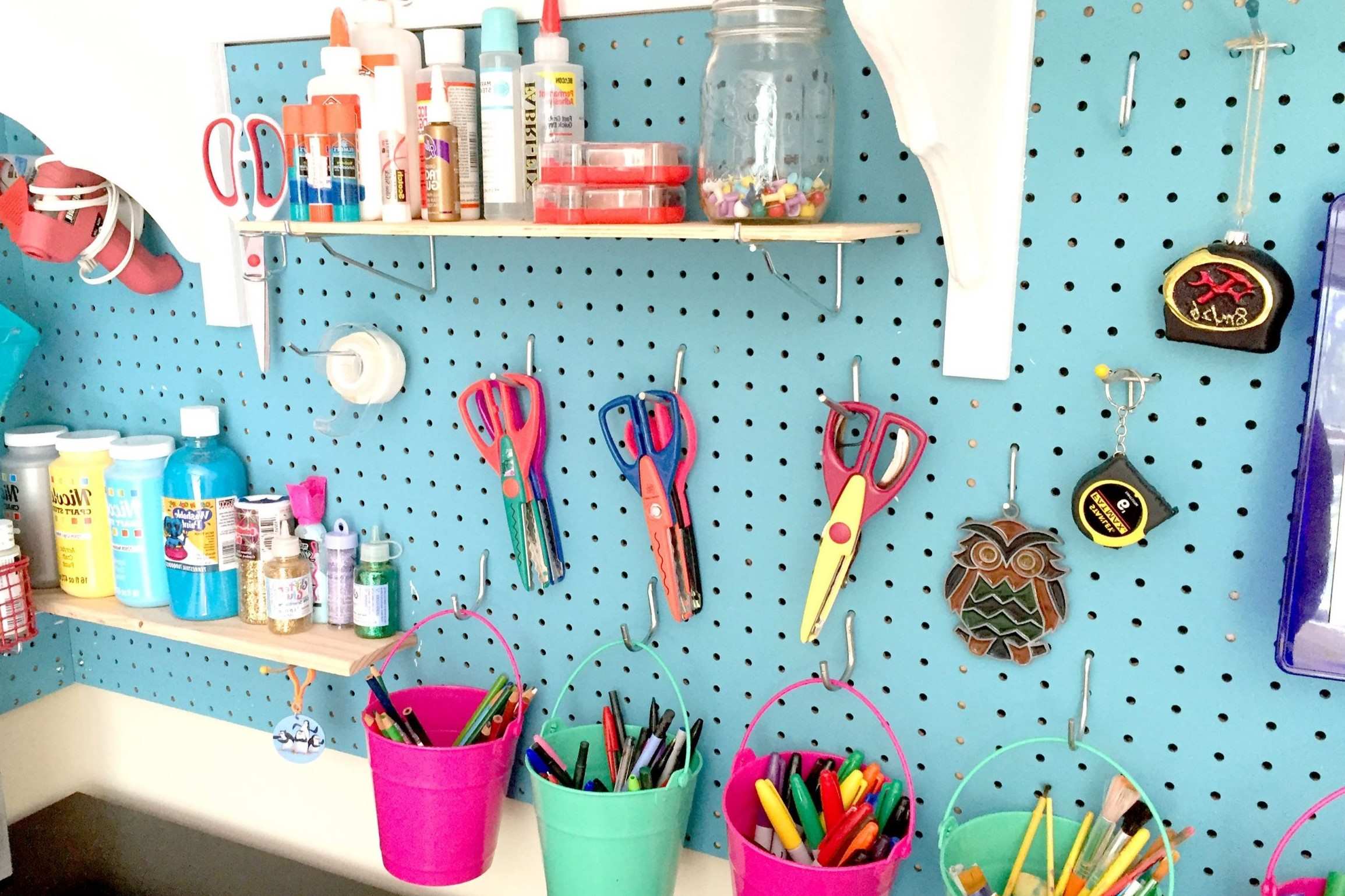

0 thoughts on “Creating A Functional Craft Room With Custom Cutting Table”